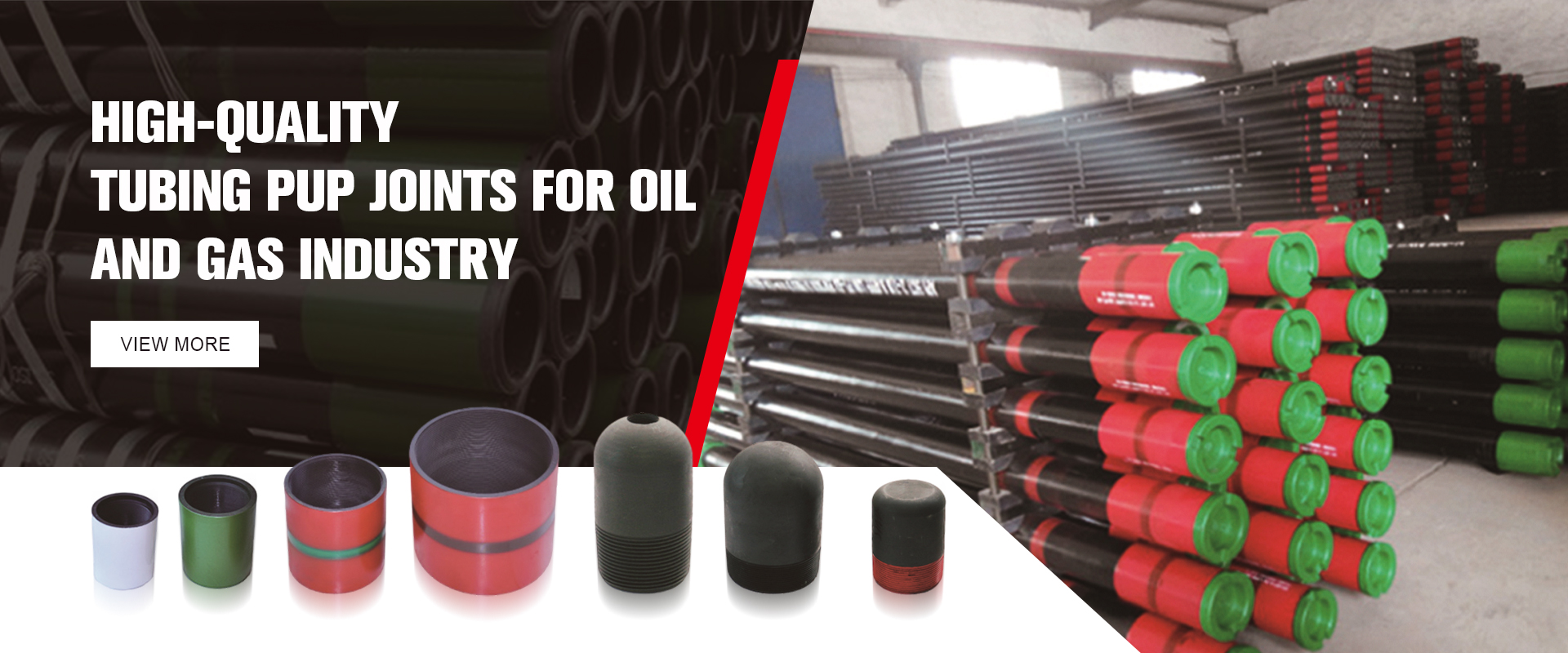tubing and casing
Tubing and Casing Essential Components in Oil and Gas Operations
In the oil and gas industry, drilling operations require a complex setup of equipment and materials to ensure the successful extraction of hydrocarbons. Among the critical components utilized in these operations are tubing and casing. Although they may seem similar, tubing and casing serve distinct functions in the well structure and play vital roles in ensuring the integrity and safety of the drilling process.
What is Casing?
Casing is a series of steel pipes that are inserted into a drilled well to provide structural support and stability. Its primary purpose is to protect the wellbore from collapsing and to prevent groundwater contamination. Casing is installed in sections, and each section is welded or screwed together to create a continuous length that can reach thousands of feet deep into the earth. Depending on the specific needs of the well, various types of casing can be utilized, including surface casing, intermediate casing, and production casing.
1. Surface Casing This is the first casing run into the well and is typically set at a shallow depth. Its primary role is to protect fresh water aquifers from contamination during drilling and hydraulic fracturing operations.
2. Intermediate Casing Installed after surface casing, intermediate casing extends to a deeper section of the well. It provides additional support and isolates different pressure zones within the earth, preventing hazardous gases and fluids from migrating to the surface.
3. Production Casing This casing is set at the end of the drilling process and is where the production tubing will be installed. Production casing is designed to withstand high pressures and temperatures associated with hydrocarbon production.
What is Tubing?
tubing and casing

Tubing, on the other hand, is a smaller diameter pipe that is run inside the production casing. Its primary function is to transport the hydrocarbons (oil and gas) from the reservoir to the surface once they have been extracted. The tubing is smaller than the casing, allowing it to fit within the larger casing diameter. It usually consists of seamless steel pipes that are capable of withstanding the pressure and temperature conditions found in the reservoir.
The Importance of Tubing and Casing in Well Operations
The interaction between tubing and casing is crucial in the overall success of well operations. Properly installed casing ensures that the wellbore remains stable while preventing the contamination of groundwater. Similarly, efficient tubing enables the smooth flow of hydrocarbons from the reservoir to the surface, minimizing losses and maximizing production.
Casing plays a vital role in isolating various zones within the well. By providing a barrier between different geological layers, casing prevents unwanted fluids from mixing, safeguarding both the reservoir and the surrounding environment. If a well is not properly cased, it can lead to increased risks of blowouts or contamination—challenges that can have severe environmental implications.
Further, the materials used for tubing and casing must be selected based on specific well conditions, including the temperature, pressure, and chemical composition of the fluids being extracted. Different grades of steel and alloyed materials may be employed to ensure durability and resistance to corrosion, which is paramount for the longevity and safety of well operations.
Maintenance and Inspection of Tubing and Casing
To ensure ongoing safety and efficiency, regular inspection and maintenance of both tubing and casing are essential. This involves checking for signs of wear, corrosion, and structural integrity. Non-destructive testing methods, such as ultrasonic testing or magnetic particle inspection, can be employed to identify issues without compromising the equipment.
In conclusion, tubing and casing are indispensable components in the oil and gas industry. They serve distinct yet complementary roles in ensuring that hydrocarbon extraction is carried out safely and efficiently. As technology advances, new materials and techniques are continuously being developed to enhance the performance and reliability of both tubing and casing systems. Understanding their importance is crucial for anyone involved in drilling operations, as it holds the key to achieving safe and sustainable resource extraction.
-
Unlock the Benefits of Pup Joints for Your OperationsNewsOct.31,2024
-
The Quality of Casing Couplings from ChinaNewsOct.31,2024
-
The Essential Role of Pup Joints in Drilling OperationsNewsOct.31,2024
-
The Benefits of Tubing Couplings for Your ProjectsNewsOct.31,2024
-
Enhance Your Drilling Operations with Tubing Pup JointsNewsOct.31,2024
-
Elevate Your Drilling Operations with Tubing CrossoversNewsOct.31,2024







